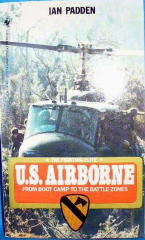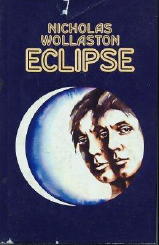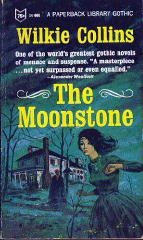Sun 26 Aug 2007
Review by Mary Reed: HERBERT ADAMS – Death of a Viewer.
Posted by Steve under Authors , Characters , Crime Fiction IV , Reviews[3] Comments
A list of all of Roger Bennion’s appearances will follow Mary’s review of the very last case he solved.
The character’s creator, Herbert Adams, 1874-1958, is probably best remembered (and collected) for his golfing mysteries, eight of them in all. You can find them listed and commented upon here, for example.
As for Death of a Viewer, I apologize for the very limited image I’ve been able to find for the book. There seems to be only one copy available for sale on the Internet. The asking price is just under $500.
On the other hand, you may read it online for free.
HERBERT ADAMS – Death of a Viewer.
Macdonald, UK, hc, 1958.
Since it was published in the 1950s, Death of a Viewer hangs its toes over the precipice marking the end of the Golden Age period, but what the hay, the Roger Bennion series began in the 1930s so let’s agree this entry is grandfathered into my general area of discussion.

Captain Oswald Henshaw tells his lovely young wife Sandra their financial resources are gone — but suggests if he sees her in comprising circumstances with Ewen Jones, Member of Parliament for an East London constituency, there could well be financial benefits. Ewen’s father is Lord Bethesda and his stepmother is worth half a million. Naturally they’d want to keep scandal — such as Hensaw bringing an action for alienation of affection against Ewen — from breathing nastily on the family name.
Major Bennion becomes involved because Ewen lives in one of the houses built by Bennion Senior near the London docks. These homes are intended for disabled servicemen, old age pensioners, and the like and Bennion Senior wishes the better-off MP, who became a tenant due to a loophole, to move out so Lord Bethesda’s elderly gardener can retire and live there.
Ewen refuses but asks Bennion to visit the family home of Welton Priory “in that charming part of the country where Sussex joins Hampshire.” Several Labour MPs are meeting there that weekend to secretly discuss plans to make the party more Socialist. Bennion’s presence will suggest the gathering is the usual sort of house party — and while he’s there perhaps he’ll persuade Ewen’s father to buy him, Ewen, a house or give him an allowance! The Henshaws will also be attending as Ewen’s guests, and thus the wheels of the plot begin to turn.
Before too long there are interesting conversations overheard, furtive visits to bedrooms, and fiery political rhetoric that does not go down too well with the MPs. The viewer’s death occurs in a room full of people during a TV play about the Battle of Britain, and with very little to initially go on except a scrap of paper and a house full of suspects Bennion and Scotland Yard’s Superintendent Yeo and Inspector Allenby cooperate to solve the crime.
My verdict: Ewen gets on his soapbox and in doing so reminds readers of the unrest in the air in the 1950s, including calls for the abolition of hereditary titles, Church and union reform, disgust at the possibilities of easier divorce, and legalisation of what is quaintly described as the sin of Sodom and Gomorrah. These references will make the legendary Cheltenham colonels who so often write to the editor of The Times weep with joy, but alas they tend to swamp parts of the earlier part of the novel and do not add very much to the plot.
However, once we get to the actual detecting the story runs along nicely. More than one house guest has what they might see as good reason to act against the deceased, so most of them are suspected at one time or another and the solution roars up after an unexpected twist which certainly caught me by surprise. I reget to say however that on the whole this novel is not one of the best I have read.
Etext: http://gutenberg.net.au
THE ROGER BENNION NOVELS. Taken from Crime Fiction IV, by Allen J. Hubin. Quite surprisingly, although a few were reprinted in paperback in Canada, none of these were ever published in the US. As you will see, there is some overlap with Adams’ golfing mysteries, as indicated.
# The Old Jew Mystery (n.) Collins 1936
# A Single Hair (n.) Collins 1937
# Black Death (n.) Collins 1938
# The Bluff! (n.) Collins 1938
# The Damned Spot (n.) Collins 1938
# The Nineteenth Hole Mystery (n.) Collins 1939 (Golf)

# The Case of the Stolen Bridegroom (n.) Collins 1940
# The Chief Witness (n.) Collins 1940
# Roger Bennion’s Double (n.) Collins 1941
# Stab in the Back (n.) Collins 1941
# The Araway Oath (n.) Collins 1942

# Signal for Invasion (n.) Collins 1942
# Victory Song (n.) Collins 1943
# Four Winds (n.) Collins 1944
# The Writing on the Wall (n.) Collins 1945

# Welcome Home! (n.) Macdonald 1946
# Diamonds Are Trumps (n.) Macdonald 1947
# Crime Wave at Little Cornford (n.) Macdonald 1948
# One to Play (n.) Macdonald 1949 (Golf)
# The Dean’s Daughters (n.) Macdonald 1950
# The Sleeping Draught (n.) Macdonald 1951
# Exit the Skeleton (n.) Macdonald 1952
# The Spectre in Brown (n.) Macdonald 1953
# Slippery Dick (n.) Macdonald 1954
# The Judas Kiss (n.) Macdonald 1955
# Death on the First Tee (n.) Macdonald 1957 (Golf)
# Death of a Viewer (n.) Macdonald 1958
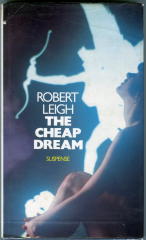
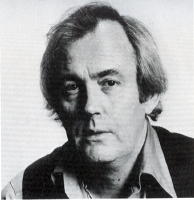

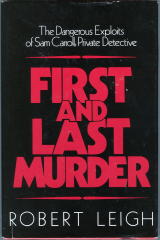
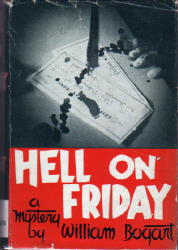
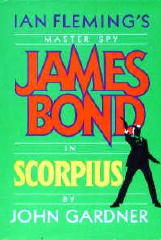
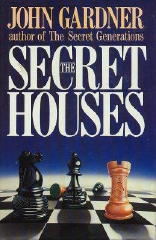
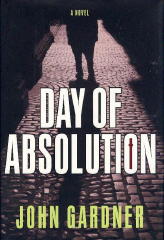

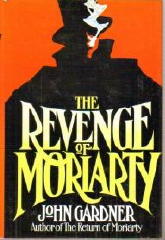
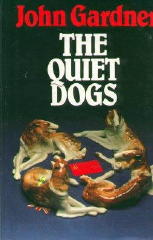
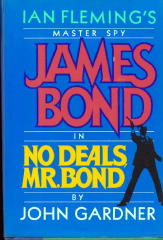
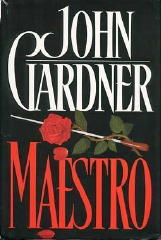
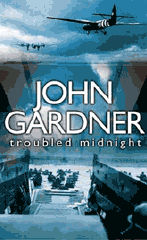

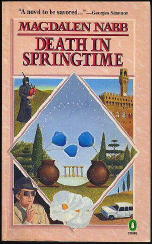
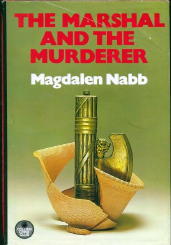
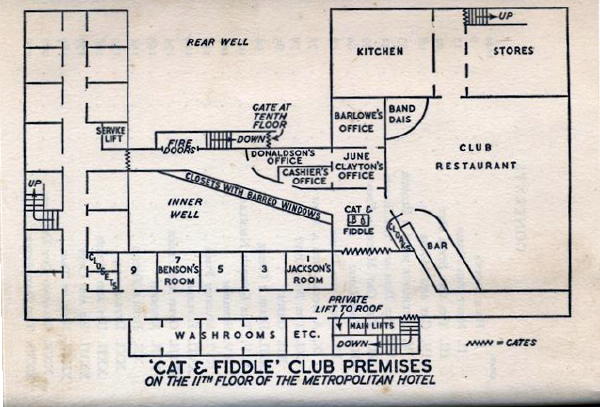
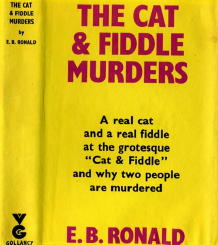
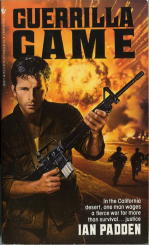 PADDEN, IAN.
PADDEN, IAN.